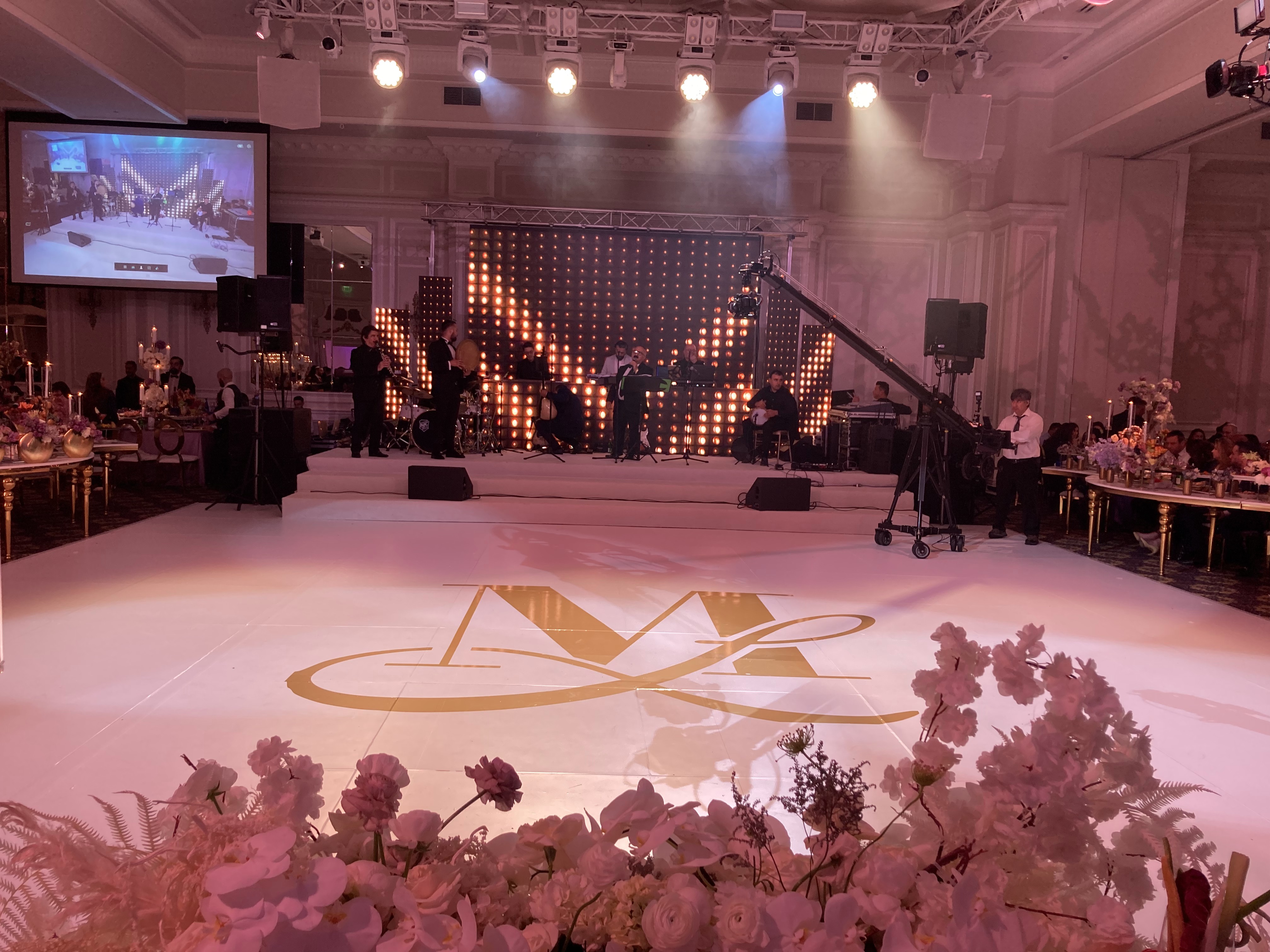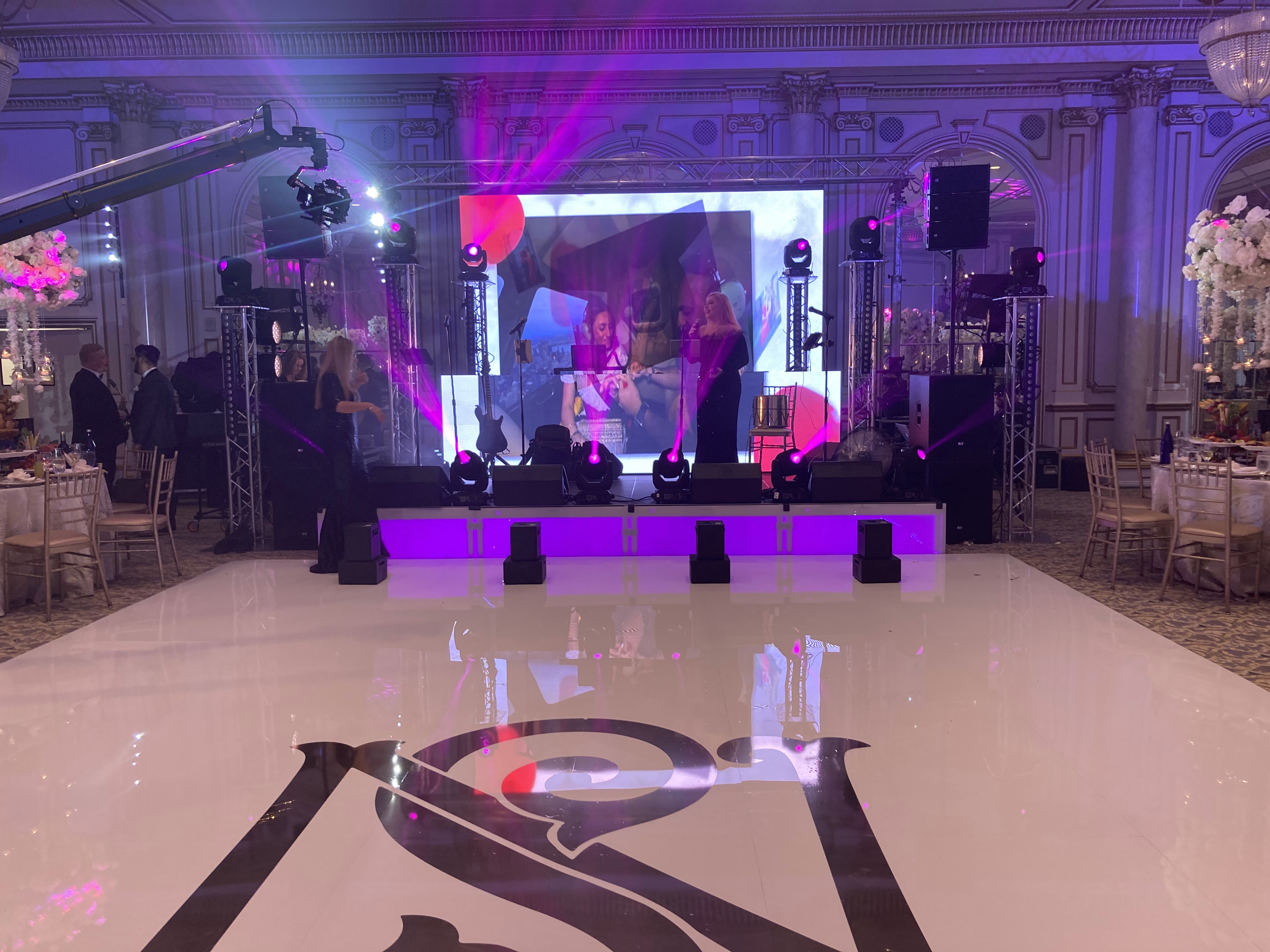Frequently Asked Questions
The angle of bracing in a truss system significantly influences load distribution during stage rigging, as it determines the efficiency of force transfer and structural stability. Optimal bracing angles facilitate effective triangulation within the framework, enhancing tensile and compressive strength while minimizing deformation under dynamic loads. When angled appropriately, braces can evenly distribute vertical and lateral forces across the structure, reducing stress concentrations that could lead to failure points or buckling. Additionally, acute angles may result in increased shear forces on joints and connections, whereas more obtuse angles might reduce overall rigidity but improve horizontal load management. The interplay between these factors is crucial for maintaining equilibrium during performances where variable weight loads from lighting fixtures or scenery are common. Thus, careful calculation of bracing geometry is essential for achieving safety standards and performance reliability in theatrical environments.
For optimal load handling in truss components utilized in live performance settings, it is essential to select materials that exhibit high tensile strength and low weight, ensuring structural integrity while minimizing sagging under dynamic loads. Specifically, aluminum alloys are often favored due to their excellent strength-to-weight ratio, corrosion resistance, and ease of fabrication. Additionally, steel components may be employed for increased robustness where heavier loads are anticipated; however, considerations around weight management must also factor into design choices. The use of advanced composite materials can provide enhanced stiffness while reducing overall mass. Furthermore, the fatigue resistance of these materials is crucial as they will experience cyclical loading during performances; thus incorporating properties such as impact toughness and ductility contributes significantly to longevity and safety. Overall durability against environmental factors like humidity or temperature fluctuations further influences material selection for reliable operation throughout diverse venue conditions.
Dynamic loads from moving equipment significantly influence static load calculations in truss systems utilized for stage rigging by introducing additional factors such as inertia, acceleration forces, and potential impact loads. The presence of mobile apparatuses like motors, winches, or automated lighting fixtures creates fluctuating stress distributions that deviate from the assumptions made during static analysis. These dynamic effects necessitate a comprehensive understanding of kinetic energy transfer and resonance phenomena within the structural framework to ensure safety and performance integrity. Furthermore, engineers must consider variables such as load path alterations due to movement dynamics and the time-dependent nature of force application when designing bracing configurations and selecting materials with appropriate fatigue resistance characteristics. Consequently, accurate modeling techniques incorporating dynamic coefficients are essential for predicting peak loading scenarios that may arise during operation while maintaining compliance with industry standards for live event infrastructure stability.
The connection types between truss sections significantly influence overall structural integrity and load distribution, as they determine the transfer of forces such as tension, compression, and shear across the framework. Rigid connections promote moment resistance and enhance stability under dynamic loads by preventing rotational movement at joints, whereas pinned connections allow for rotation but may lead to increased deflection in loaded conditions due to their inability to resist moments effectively. The material properties of connectors—such as yield strength and ductility—along with joint configurations like bolted or welded interfaces can further affect stiffness characteristics and fatigue performance over time. Additionally, varying loading scenarios including static versus dynamic forces necessitate different connection designs; for instance, seismic considerations might require enhanced bracing systems that utilize both diagonal members and specialized connectors to maintain equilibrium during lateral displacement events. Overall, these factors culminate in an intricate balance of stress redistribution throughout the truss structure which is essential for sustaining long-term operational reliability while accommodating environmental influences like wind uplift or thermal expansion.
Safety factors play a crucial role in determining the permissible loads on various configurations of staging trusses by providing a margin of safety that accounts for uncertainties and potential risks associated with structural integrity. These factors are integral to load calculations, ensuring that variables such as dynamic loading conditions, material fatigue, environmental influences, and fabrication tolerances are adequately addressed. In scenarios involving temporary structures like concert stages or exhibition setups, where live loads from performers and equipment can fluctuate significantly, implementing appropriate safety coefficients helps mitigate the risk of failure due to overstressing or unexpected stresses. Additionally, compliance with industry standards—such as those set forth by organizations like OSHA or ANSI—demands rigorous adherence to these safety margins during design assessments. This proactive approach not only enhances the reliability and robustness of staging systems but also fosters confidence among stakeholders regarding overall operational safety during events.

